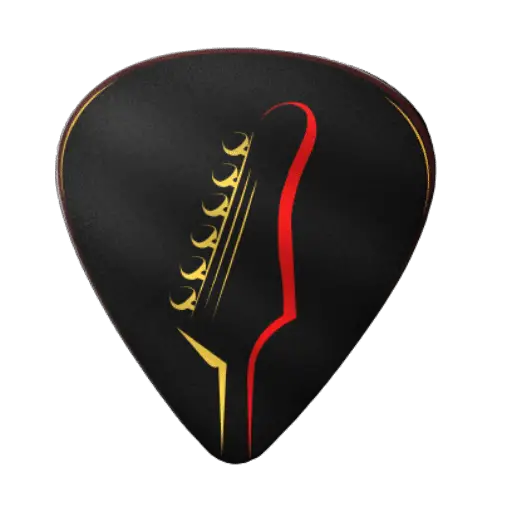Hanging Microphones for Stage
If you’re looking for a microphone that can capture sound from a distance without the need for a stand, then a hanging microphone is a perfect choice. Hanging microphones are commonly used in performance venues, such as concert halls, theaters, and auditoriums, to capture sound from the performers on stage. In this article, we’ll cover everything you need to know about hanging microphones for the stage.
Types of Hanging Microphones
There are two main types of hanging microphones: omnidirectional and directional. Omnidirectional microphones capture sound from all directions, while Directional microphones capture sound from a specific direction. Both types can be used for stage performances, but directional microphones are preferred for capturing sound from a single performer.
Best Hanging Microphones for Stage
Here are some of the best hanging micro wireless microphones for stage use:
• Shure SLX Wireless System – This is a popular wireless system with reliable sound quality and reception. It has DSP-regulated audio for consistent sound and adaptive RF for reliable wireless transmission.
• Sennheiser EW 500 G4 – This wireless microphone system offers extremely low noise and distortion, very wide frequency response, and exceptional dynamic range. It uses patented frequency-agile true diversity technology for stable wireless transmission.
• Audio-Technica 8000 Series – The 8000 Series offers professional Digital Hybrid Wireless technology with wide dynamic range and very low latency. It has a rugged metal housing and rechargeable batteries.
• Sony UWP-D Wireless Microphones – Sony UWP wireless mics are known for their reliability, ruggedness, and clear audio quality. They have a dynamic range optimizer and RF interference rejection for stable operation.
• Countryman B3 Omnidirectional Lavalier – This is a high-quality wired Lavalier microphone meant for hanging from clip-on clothing. It’s small, lightweight, and nearly invisible making it ideal for performers on stage.
Factors to Consider when Choosing Hanging Microphones for Stage
When choosing a hanging microphone for a stage, you need to consider several factors, such as the size of the venue, the type of music or performance, and the acoustics of the space. You’ll also need to consider the height and angle of the microphone, as well as the type of cable and connector needed to connect the microphone to the sound system.
How to Install Hanging Microphones?
To install a hanging microphone, you’ll need to determine the best location for the microphone, whether it should be hung from the ceiling or from a rigging system. You’ll also need to adjust the height and angle of the microphone to ensure the best sound quality. Additionally, you’ll need to connect the microphone to the sound system and adjust the gain and EQ settings.
Maintenance and Troubleshooting
Like any other piece of equipment, hanging microphones require regular maintenance to ensure optimal performance. This includes cleaning the microphone and cable, checking the connectors, and replacing any damaged parts. If you encounter any issues with the microphone, such as feedback or distortion, you’ll need to troubleshoot the problem and make adjustments to the microphone placement or settings.
Advantages and Disadvantages of Hanging Microphones
Hanging microphones offer several advantages, such as the ability to capture sound from a distance and the freedom to move around the stage without being tethered to a stand. However, they also have some disadvantages, such as the potential for interference from other sources and the need for careful placement and adjustment.
Tips for Using Hanging Microphones Effectively
To use hanging microphones effectively, you’ll need to consider the acoustics of the space, the type of performance, and the placement of the performers on stage. You’ll also need to adjust the height and angle of the microphone to ensure the best sound quality. Additionally, you can use accessories such as wind protection and shock mounts to reduce unwanted noise.
Comparison with Other Types of Microphones
Hanging microphones offer several advantages over other types of microphones, such as the ability to capture sound from a distance without the need for a stand. However, they may not be suitable for all types of performances or venues. Other types of microphones, such as handheld, lapel, and boundary microphones, may be more appropriate depending on the situation.
FAQs
Can hanging microphones be used in outdoor performances?
Yes, hanging microphones can be used in outdoor performances, but you’ll need to consider factors such as wind and weather conditions.
Can hanging microphones be used for recording?
Yes, hanging microphones can be used for recording, but you’ll need to adjust the settings and placement to ensure the best sound quality.
How do I troubleshoot feedback or distortion with a hanging microphone?
You can troubleshoot feedback or distortion with a hanging microphone by adjusting the placement and angle of the microphone, reducing the gain or EQ settings, or using accessories such as wind protection or shock mounts.
Can I use multiple hanging microphones for a performance?
Yes, you can use multiple hanging microphones for a performance, but you’ll need to ensure that they are placed and adjusted properly to avoid interference and maintain sound quality.
Are hanging microphones more expensive than other types of microphones?
The cost of hanging microphones varies depending on the brand and model, but they can be more expensive than some other types of microphones due to their specialized design and functionality.
Conclusion
Hanging microphones are a great option for capturing sound from a distance in performance venues. When choosing a hanging microphone, you’ll need to consider factors such as the size of the venue, the type of performance, and the acoustics of the space. With proper installation and maintenance, hanging microphones can provide high-quality sound for your performances.













